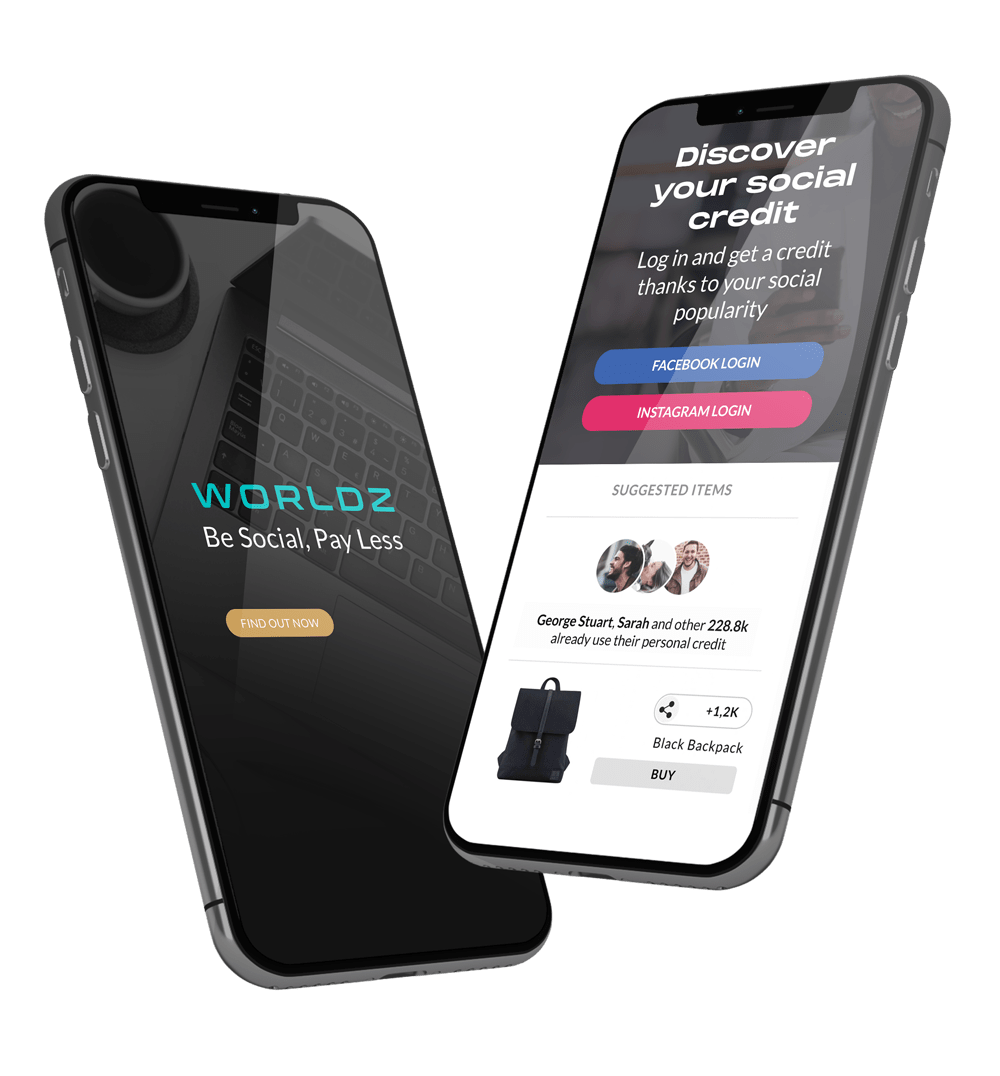 back to blog
back to blog
Social networks can be a very valid promotional tool for your online shop but they must be used strategically, so that they enhance their e-commerce platform without replacing it
It is now known to all how much the role of social network has changed, both for consumers and for entrepreneurs / companies. Just think first of all how many people use social networks every day: 3.8 billion people, an increase of 9% compared to 2019. This is because everyone – or almost everyone – has at least their own social profile, for example only on Facebook we find 2.5 billion active users, followed by Youtube which has 2 billion. (Digital 2020 by We Are Social)
It is therefore increasingly important for companies to oversee these channels, as they play a strategic role both in terms of brand visibility and in the development of their business. E-commerce and social media are an excellent combination and for this reason companies are interested in integrating their strategies with these platforms. Indeed, sometimes not being present on these channels can represent a disadvantage for the supervision of online conversations, as willy-nilly a brand is often mentioned on social media and it is important to be able to replicate.
We have seen, especially in recent months, in which direction e-commerce and also social networks are evolving: social commerce is an increasingly relevant phenomenon. Facebook, Instagram, Pinterest, Youtube are slowly proposing themselves as real alternative and interactive sales channels, implementing features related to online shopping. For example: Facebook has added to its Marketplace (where it is possible to sell both new and second hand products) “Facebook Shops” (both on Facebook and Instagram) which allows users, via the “Shop” button, to be redirected to the e-commerce of the brand of interest, where you can directly conclude the purchase.
Instagram (before Facebook Shops) instead had launched the “Instagram Shopping” feature , allowing brands to tag products in posts and Stories, thus directing customers directly to the article they want to buy or the “Checkout” feature , through which users no longer even have to leave the platform to purchase the products displayed in the posts or in the Stories. Even Pinterest is suitable for a trend by inserting the functionality ” Rich Pins”, with which the user is redirected to a landing page where the same will find one or more objects represented in the image of interest. Telegram instead it is focusing more on digital payments within the app, thinking of a new solution that allows users to make their purchases directly through integrated chatbots.
Finally, Youtube would seem to want to introduce the e-commerce function within it, allowing users to purchase products directly from videos, relying on platforms owned by Google. These elements therefore confirm that it is the social networks themselves that recognize the importance of the social commerce trend and that they are working to allow users to shop online and in a short time. On the other hand, brands through social media are able to reach their target customers more easily, establish a more direct relationship capable of inspiring trust and consequently increase traffic to e-commerce.
What if, instead of selling directly on social media, you proceed with the integration of social functions on your e-commerce? In this way the company would be able to have greater control of sales volumes and management of its audience. The advantages of integration can be different: from costs, for example, to creating a one-to-one relationship with customers and consequently increasing the company’s brand awareness. With Worldz you can implement the functions of social networks directly on your e-commerce and thus increase the performance of your online shop.

